SYDNEY STEEL REFURBISHING
GIVE US A CALL TOADY
0412513649

CALL US NOW ON:

WE BLAST AND PAINT STEEL!

THE PROCESS
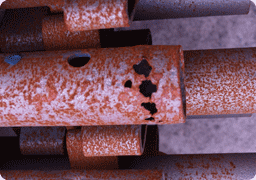
Excessive corrosion at the base of the scaffold standards is a typical problem found but not immediately visible until the layers of dipped paint have been blasted away.
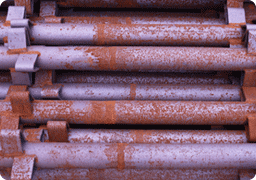
Example of exposed illegal "cutting & joining" of Standards. This is not visible as the welds are ground down. It is only after the blasting process and the thick coating of dipping paint is removed that they can become visible.
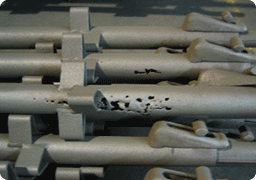
Example of a common problem found after scaffold standards have been shot blasted around the spigot area.
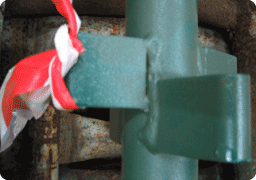
Example of a typical problem found with imported scaffold components. The welding of V pressing was faulty. As it was identified during the refurbishment process, it is tagged for client identification.
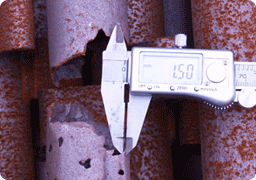
Example of excessive corrosion. This scaffold standard ended up with a wall thickness of only a 1.5mm at the thickest part and dissolved to nothing. The required wall thickness of a scaffold standard is 4.0mm. Again a typical problem found with steel scaffold components that a continuously dipped. The dipping process provides a skin for the steel to sweat and corrode under without any visual appearances of a fault occurring.
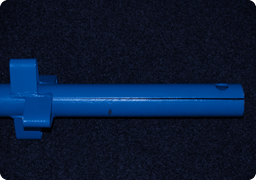
Typical sample of imported products where seam has failed or where there has been no weld at the seam which was not visible prior to blasting.